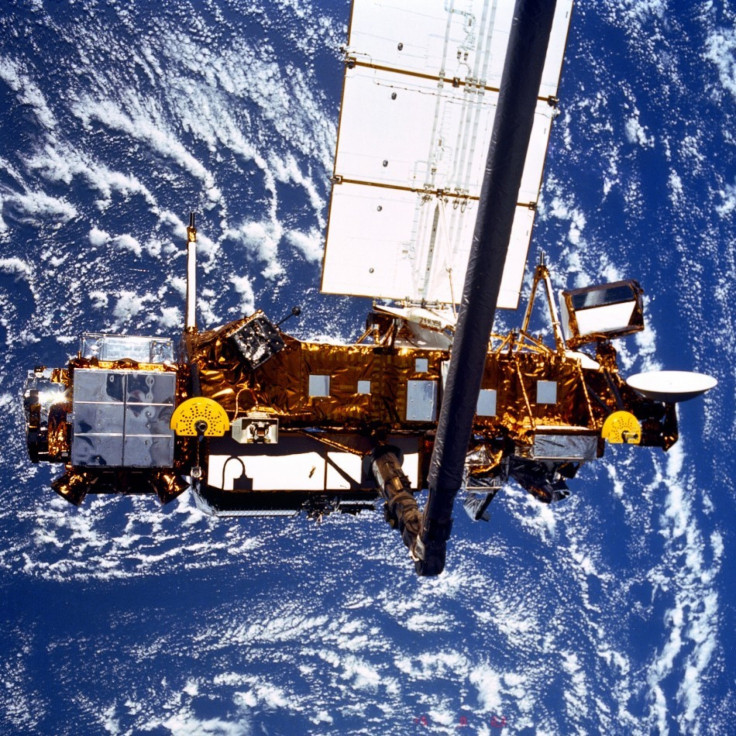Parts of NASA's Falling Satellite Could Shatter on Earth's Surface

Particles of a defunct 7-ton research satellite falling towards Earth could potentially shatter on the earth's surface and rain debris on densely populated areas including Britain, NASA reports.
The Upper Atmosphere Research Satellite ( UARS) is expected to come down onto earth by late September, early October, according to NASA and it could scatter its debris across Britain, Europe, North and South America and Asia, a new warning revealed.
The risk to public safety or property is extremely small, and safety is NASA's top priority, the space agency wrote in an advisory. Since the beginning of the Space Age in the late-1950s, there have been no confirmed reports of an injury resulting from re-entering space objects. Nor is there a record of significant property damage resulting from a satellite re-entry.
But senior space agency officials admitted they were concerned about the risk to billions of people when it starts falling uncontrolled out of orbit at any stage from later this month, the Telegraph reported
The Satellite has been in orbit for six years in what NASA calls a productive scientific life. Although it will break into pieces during re-entry, not all of it will burn up in the sky, according to a report.
More than 500,000 pieces of debris, or space junk, are tracked as they orbit the Earth. They all travel at speeds up to 17,500 mph, fast enough for a relatively small piece of orbital debris to damage a satellite or a spacecraft, NASA reported.
Orbital debris is any man-made object in orbit about the Earth which no longer serves a useful function. Such debris includes nonfunctional spacecraft, abandoned launch vehicle stages, mission-related debris and fragmentation debris.
NASA has said it is hard to predict the exact date of the re-entry as it is dependent on solar flux and the spacecraft's orientation as the orbit decays but the space agency will be posting weekly updated and then daily updates as the craft approaches.
As of Sept. 8, 2011, the orbit of UARS was 152 miles by 171 miles (245 km by 275 km) with an inclination of 57 degrees. Because the satellite's orbit is inclined 57 degrees to the equator, any surviving components of UARS will land within a zone between 57 degrees north latitude and 57 degrees south latitude, NASA reported.
Although it is difficult to predict where the debris will fall the space agency predicts that its footprint will be 500 miles long.
UARS was a $750 million mission deployed from the shuttle Discovery in 1991 to study the Earth's atmosphere and its interactions with the sun. It measure important ozone depletion related to climate change. According to NASA reading from UARS gave evidence that Chorine in the atmosphere is at the root of the polar ozone hole.
© Copyright IBTimes 2024. All rights reserved.





















